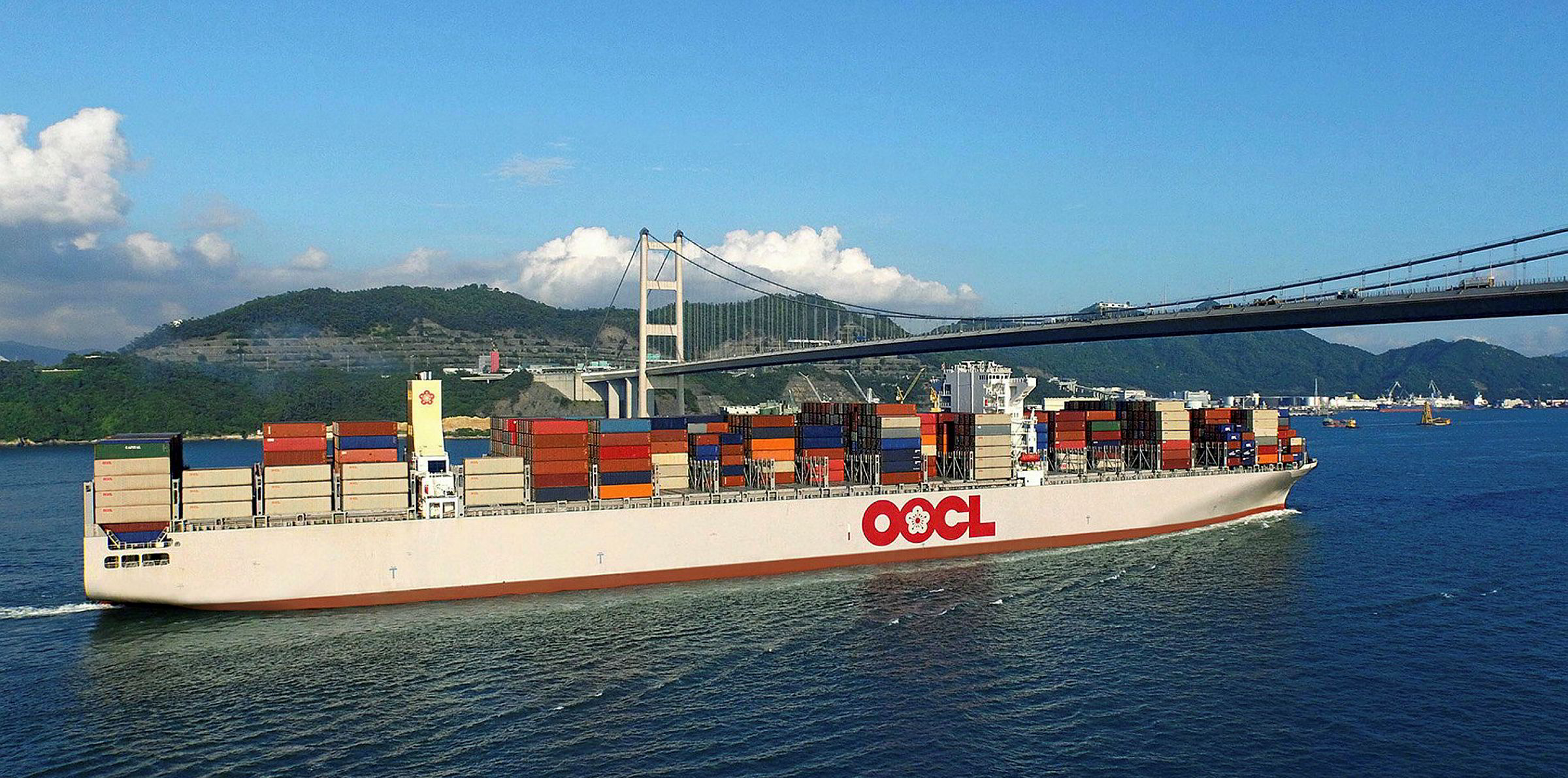Figures from Hong Kong container line OOCL have given the first concrete indication that owners may have come through the first quarter relatively unscathed by the coronavirus pandemic.
In a period when the Chinese economy and exports were badly hit by lockdowns, the Cosco-owned liner operator said volumes had been holding up.
It handled 0.4% fewer boxes at 1.6m teu in the three months ended 31 March.
But revenue was up 5.5% to $1.54bn, with revenue per teu up 6%.
Loadable capacity decreased by 1.7% as a response to the virus, meaning it managed to hike the overall load factor by 1.1%.
Fearnley Securities said the figures were "another sign that liners at least through the first quarter has been able to offset Covid-19-related volume reductions through strict capacity management".
The investment bank said: "Overall, we believe these numbers are a strong read-across for other liners such as Maersk and Hapag-Lloyd into the earnings season."
Maersk stock appealing
For AP Moller-Maersk, its valuation appears appealing at a near all-time low on an enterprise value/invested capital basis, Fearnley said.
"For the sector we are now looking for improvements in the freight market ahead of the seasonal stronger period," it added.
Transpacific freight rates are largely on a par year-on-year, while Asia to Europe and the Mediterranean are 5% to 15% higher, Fearnley said.
Cosco, OOCL and their Ocean Alliance partners CMA CGM and Evergreen have announced relatively few blanked sailings into the second quarter.
Container lessor Triton said on Friday that May and June is expected to be slow for the transpacific market, but Chinese export volumes have now normalised.
TradeWinds has reported container freight rates are holding firm as carriers continue to suspend services to meet lower demand.
Rates from China to the US West Coast were $1,567 per 40-ft equivalent unit (feu) on 17 April, some $256 higher than on the same day last year, according to the Freightos Baltic Index (FBX).
Rates of $1,422 per feu on the China to north Europe trade are only $40 lower than a year earlier.
Spot rates have been supported by the massive cancellation of sailings, which amounts to around 30% of weekly capacity, according to Fearnley.
Rates will remain "challenged" in the coming week, said consultancy Drewry.
But the ability of liner operators to significantly reduce volumes is seen as preventing the fall in freight rates from being more severe.
Sea-Intelligence said that the cancellation of 435 sailings on various deepsea trades is helping to underpin freight rates.





